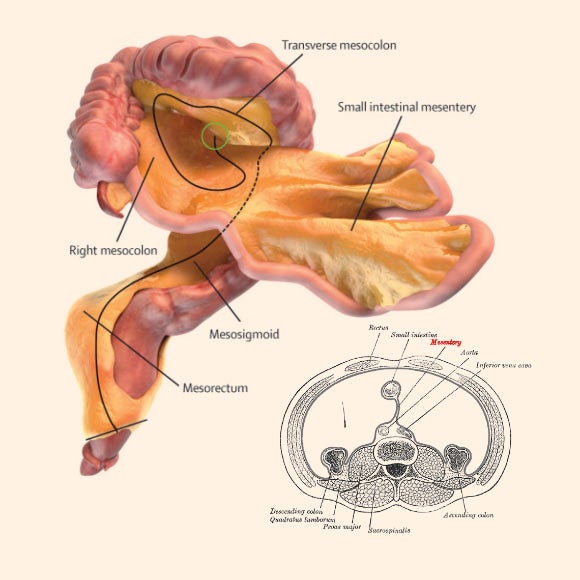Mesentery: New organ discovered inside human body by scientists (and now there are 79 of them)
The finding opens up 'a whole new area of science'

Your support helps us to tell the story
From reproductive rights to climate change to Big Tech, The Independent is on the ground when the story is developing. Whether it's investigating the financials of Elon Musk's pro-Trump PAC or producing our latest documentary, 'The A Word', which shines a light on the American women fighting for reproductive rights, we know how important it is to parse out the facts from the messaging.
At such a critical moment in US history, we need reporters on the ground. Your donation allows us to keep sending journalists to speak to both sides of the story.
The Independent is trusted by Americans across the entire political spectrum. And unlike many other quality news outlets, we choose not to lock Americans out of our reporting and analysis with paywalls. We believe quality journalism should be available to everyone, paid for by those who can afford it.
Your support makes all the difference.A new organ has been discovered hiding in plain sight inside the human body.
Known as the mesentery, it was previously thought to be just a few fragmented structures in the digestive system.
But scientists have realised it is in fact one, continuous organ.
Although its function is still unclear, the discovery opens up “a whole new area of science,” according to J Calvin Coffey, a researcher at the University Hospital Limerick who first discovered it.
"When we approach it like every other organ… we can categorise abdominal disease in terms of this organ," he said.
“Now we have established anatomy and the structure. The next step is the function. If you understand the function you can identify abnormal function, and then you have disease.
“Put them all together and you have the field of mesenteric science.”
The research has been published in The Lancet medical journal.
Following its reclassification, medical students are now being taught that the mesentery is a distinct organ.
Gray’s Anatomy, the world’s most famous medical textbook, has been updated to include the new definition.

Medical students and researchers can now investigate what role the mesentery might play in abdominal diseases, which it is hoped could ultimately lead to new treatments.
The organ is a double fold of peritoneum - the lining of the abdominal cavity - that holds our intestine to the wall of our abdomen.
It was described by the Italian polymath Leanardo da Vinci in 1508, but it has been ignored throughout the centuries, until now.
Although there are generally considered to be five organs in the human body, there are in fact now 79, including the mesentery.
The heart, brain, liver, lungs and kidneys are the vital organs, but there are another 74 that play a role in keeping us healthy.
Join our commenting forum
Join thought-provoking conversations, follow other Independent readers and see their replies
Comments